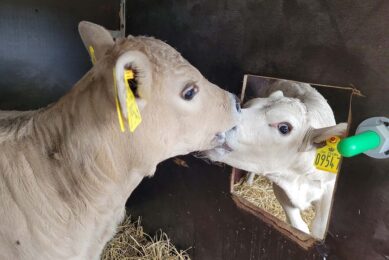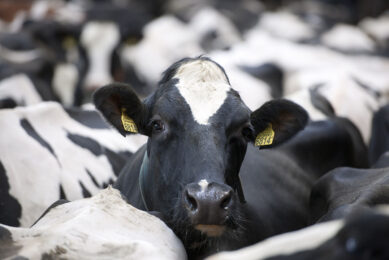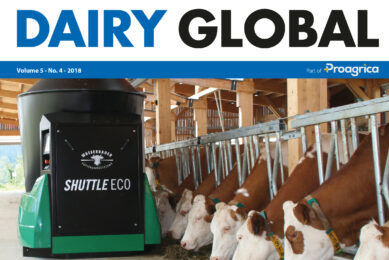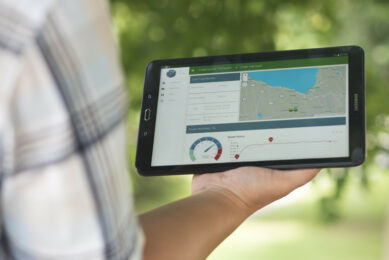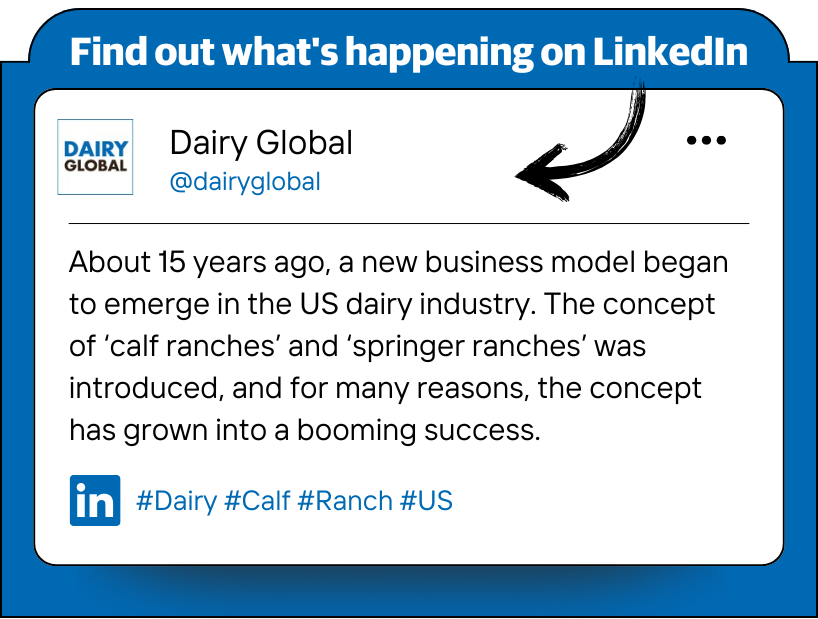From A to Z: Addressing transportation challenges in dairy farming
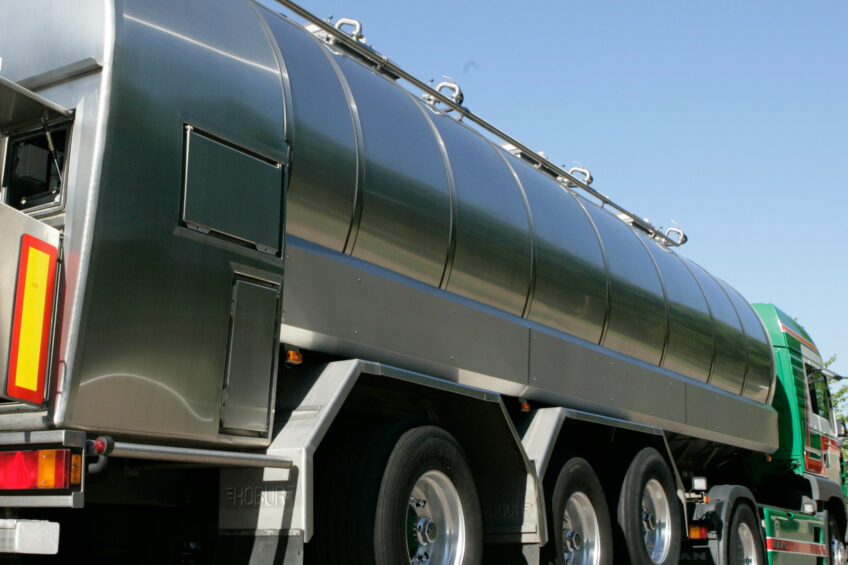
Getting dairy products from farm to customer in a manner that is as timely as it is cost-effective is a constant challenge. In this article, we’ll explore the key transportation challenges confronting dairy farmers and the technologies and strategies that can be used to overcome them.
The smallest delay or breakdown can burden farmers with spoiled, unsellable goods and frustrated customers. Maintaining a strong supply chain with reliable transportation is vital to success in the dairy industry.
Key transportation challenges in dairy farming
Some of the main transportation challenges dairy farmers face include:
● Rising fuel costs: Gas prices are rising and the recent US tariffs are set to complicate things further. This places massive pressure on dairy farmers who are already grappling with tight budgets.
● Perishability: Maintaining consistent cold chain management is critical, yet shifts caused by weather or aging refrigeration machinery risk spoilage and reduce product shelf life.
● Transport delays: Sometimes it’s poor logistics management, badly maintained fleets, or simply unforeseen weather conditions, but either way, delays can be very costly for farmers.
● Sustainability pressures: The EU and US dairy industries have set major sustainability goals to reduce climate impact over the next 25 years, mirroring much of the pressure from consumers, grocers and retailers, and governments.
Effective strategies to overcome transportation hurdles
Whether it’s sustainability or cost-effectiveness, overcoming logistics and transportation hurdles requires embracing next-generation supply chain strategies, sometimes referred to as supply chain 4.0 or Industry 4.0 technologies.
However, technology alone isn’t enough – farmers also need to align the technology with supporting strategies and embrace a more optimised system overall. For example, the most common transportation hurdle is also seemingly the most basic: how to reliably and cost-efficiently transport a highly perishable product.
Data analytics can be used to assess the best routes from the farm to the processing plant and on to wholesale and retail, according to weather, traffic, transportation mode, etc. To be most effective, however, farmers need to create the operational flexibility that allows them to take advantage of the insights and optimisations their supply chain technology delivers.
Leveraging innovations to enhance dairy logistics
Here are a few key technological innovations that are pushing dairy logistics into a new era:
- Smart cold chain management: These systems use RFID tags and IoT sensors to automatically adjust temperatures during transit to ensure product freshness. These sensors can also be used for predictive maintenance, and to monitor system performance and send automated alerts so that threats to the cold chain, such as refrigeration unit malfunctions, are detected and addressed as quickly as possible.
- Route optimisation: RFID and IoT sensors can also be employed to provide real-time tracking of vehicles. This helps ensure that the proper routes are taken in order to protect product freshness and minimise fuel usage and carbon emissions.
- Data-driven logistics: Data from sensors and GPS trackers are being used to optimise how the dairy industry makes transportation decisions. From route optimisation to forecasting, real-time data and predictive analytics help take the guesswork out so that farmers can create more efficient and reliable logistics operations.
Exploring cost-effective logistics solutions
Here are a few cost-effective strategies that dairy farmers can implement to improve their logistics:
- Route optimisation software: The software is simple to use and implement and can ensure that routing decisions are more fuel and cost-effective. Lowering fuel usage can then make farmers eligible for subsidies, depending on where they operate. Reduced fuel usage also supports sustainability goals.
- Collaborative networks: Simply investing in more collaborative relationships with other farmers can assist in creating more cost-effective transport networks. Pooling resources and connections reduces costs and allows for more support when disruptions occur.
- Inventory management systems: These systems automate inventory tracking for greater accuracy and demand forecasting. It makes planning deliveries much easier, allows farmers to reduce waste, and ultimately reduces unnecessary expenditure.
- Partnering with a Logistics Service Provider: Partnering with an Logistics Service Provider can give farmers access to more transportation options, logistics technology, and expertise that ultimately lowers costs and increases efficiency.
Dairy farming logistics are uniquely complex, with challenges like perishability, rising costs, and sustainability demands creating constant pressure. But with the right mix of technology, strategy, and collaboration, farmers can build resilient, efficient supply chains that keep their products moving and their customers satisfied.
By embracing innovations like smart cold chain management, data-driven decision-making, and cost-effective partnerships, the dairy industry can overcome these hurdles and turn transportation into a competitive advantage.



